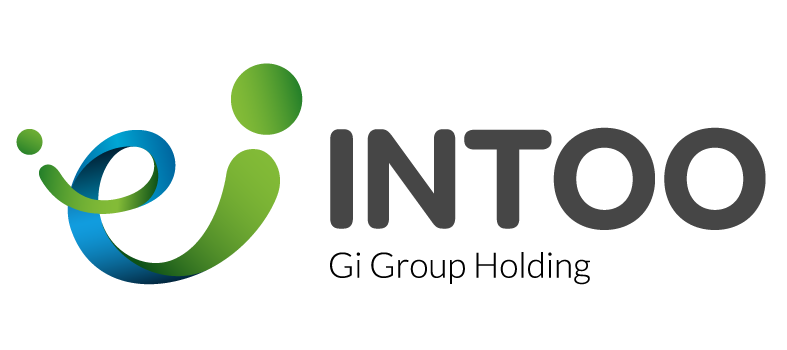While companies are not required by federal law to provide severance pay, offering a severance package is one way to better ensure an amicable split with departing employees. Severances packages generally include a continuation of pay for a period of time after employment ends. Typical packages may also include a continuation of health benefits, expedited vesting for stock options, and non-monetary benefits, including outplacement services.
In general, companies require departing employees to sign a release of claims in exchange for receiving a severance package. In this way, severance packages directly help mitigate litigation risks. In addition, employees who are happy with their severance packages may be less likely to harbor negative feelings or speak out against their former employers, but negotiating severance can be tricky.
How employees end their time at a company is likely to define their overall opinion of the company. And former employees’ opinions matter. Ex-workers can take to job boards, social media, or their personal and professional circles to share the details around their experiences and departures.
Negotiating severance packages can vary not only from company to company but also from individual to individual. Here are five details to keep in mind so your company is better prepared to handle potential negotiations about severance packages.
1. A consistent severance plan is best.
It’s an HR professional’s job to create the process not only for recruitment and onboarding, but also for employee departures. Regardless of the reason an employee is separating from a company, it is best to have offboarding policies in place ahead of time. This way, when the topic of negotiating severance comes up, you have a plan to tackle it with.
Typically, an employee’s time spent at a company will act as a baseline for how much severance pay they will receive. One to four weeks of severance per year of employment is a general timeframe used in calculating severance pay amounts. Regardless of the standard you set, clearly communicate those standards and stick to them for all affected employees. If the amount of severance pay given will depend on position, seniority, length of service, or other factors, state those variables clearly and apply them consistently to avoid the risk of litigation. As FindLaw points out, “If, for example, your company decides to give men a 20 percent increase in severance pay without any justification, you could face a discrimination lawsuit from the women that are entitled to severance pay.”
2. Exiting employees may ask to negotiate severance packages.
Even if your company has a standard severance policy in place, employees can exercise their right to negotiate. In fact, some individuals may seek legal counsel before signing any agreement regarding severance terms. Some may come to the negotiating table with more leverage. For example, if an employee was let go without cause and could have a case for discrimination or some other wrongful termination suit, you may want to be more amenable to their proposed changes to the severance package.
Additionally, employees who have been at your company a substantial length of time or are at the C-suite level may have more bargaining power than newer employees further down the ranks. Not only may these individuals investigate their legal options, but they may also be vocal about your company’s decision to let them go after years of their hard work. Since negative chatter could impact your employer brand reputation and reach your customer base, it’s worth taking the time to listen to and consider your departing employees’ requests.
3. A former employee might ask for extended coverage of health benefit premiums.
Negotiating severance isn’t only over pay. Under the Consolidated Omnibus Budget Reconciliation Act of 1995 (COBRA), a terminated employee is entitled to continue health coverage under the company’s plans for up to 18 months after termination (up to 29 months if the employee is disabled under Social Security standards). However, the employee is generally responsible for paying the premiums during this time. When employees are negotiating their severance packages, they may ask that the company make the COBRA payments instead.
Typical time frames for the extended payment of premiums can range from six to 12 months after termination. This form of payment may be taxable, so some individuals may ask for a “grossed up” taxable lump sum payment equal to the cost of the medical coverage.
4. Outplacement services can help with separating on good terms.
Outplacement services, which help departing employees find new jobs more quickly and easily, is a popular benefit that many companies include in their severance packages. Typically, companies engage an outplacement provider, like Intoo, to provide these career transition services to exiting employees.
Offering outplacement can play a key role in promoting a positive employee offboarding process. Knowing that there will be assistance in finding a new job often softens the shock of a layoff for employees. In fact, Intoo’s Employer Branding Survey found employees provided outplacement are 38% less likely to harbor negative perceptions about their previous employer.
5. Your company doesn’t have to accept a former employee’s terms.
While negotiating severance is a right former employees possess, your company has the right to reject their requests. It’s important to remember that while your company should do its best to split amicably, you can accept and reject negotiated terms as best serves the company. The goal, of course, is to reach an agreement that both parties can be happy with.
___
Negotiating severance packages can be challenging for everyone involved. To ease the process, it helps to have a severance policy in place that outlines what benefits you’ll provide employees in the case of a reduction in force or other workforce changes. And it helps to negotiate key benefits such as outplacement ahead of time, so that if and when the time comes, you can easily include it in severance packages.
Intoo’s outplacement solutions can enrich your company’s severance package by providing premium career transition support for your exiting employees. Schedule a demo today to see how Intoo can meet your company’s needs.











